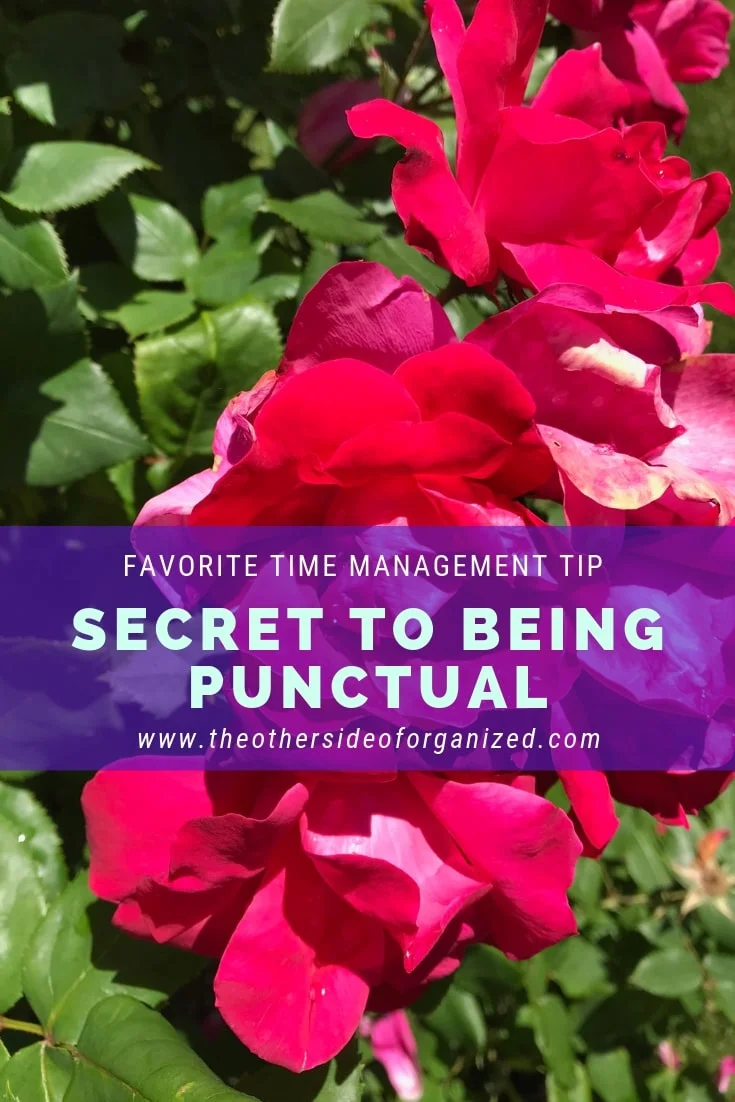 9 Clutter Management TipsWhat is your favorite clutter management strategy? I asked several of my wonderful colleagues (Ellen Delap, Janice Simon, Jackie Hollywood Brown, Aby Garvey, Peggy Pardo, Ramona Creel, Janine Sarna-Jones, Sue West, Helena Alkhas ), many of which I recently had the pleasure of hanging out with at the NAPO conference in New Orleans, to share their best ideas with us. Their responses are creative, practical, and doable. My gratitude goes to each of them for taking the time to reflect, and give us their proven clutter management strategies. If you’re feeling overwhelmed by clutter, I encourage you to keep reading and try one of their fabulous ideas.
9 Clutter Management TipsWhat is your favorite clutter management strategy? I asked several of my wonderful colleagues (Ellen Delap, Janice Simon, Jackie Hollywood Brown, Aby Garvey, Peggy Pardo, Ramona Creel, Janine Sarna-Jones, Sue West, Helena Alkhas ), many of which I recently had the pleasure of hanging out with at the NAPO conference in New Orleans, to share their best ideas with us. Their responses are creative, practical, and doable. My gratitude goes to each of them for taking the time to reflect, and give us their proven clutter management strategies. If you’re feeling overwhelmed by clutter, I encourage you to keep reading and try one of their fabulous ideas.
What is your favorite clutter management strategy? . . .
1. Shift Perspective
“My favorite clutter management strategy is to view decluttering work as a treasure hunt. Rather than sifting through, I help my clients prioritize and find what is most valuable first in their clutter. This focus helps them move forward and look toward what will be most useful, functional and beautiful to them as they create their vision of organization. ”
Ellen Delap, CPO® – Certified Professional Organizer & Family Manager Coach
2. Decide Now
“Make a decision. Whether it's paper, emails or anything else, it's important to make a decision about what you want to keep in your office and life and what you need to let go. When you put off making a decision, things pile up, and it takes more of your time to clear the decks to move forward.”
Janice Marie Simon, MA, CPO® – Professional Organizer
3. Evaluate Costs
“Although moving from one city to another isn't my favourite clutter management strategy, it is certainly effective. When the price to pack/load/move/unload/unpack an item costs somewhere between $3-$8 per pound, it is a little easier to make decisions about what to keep and what to toss! Anything that costs less to re-purchase than it does to move, doesn't get moved. Often when you get to your new home, you find out you really didn't need all the stuff you left behind after all.”
Jackie Hollywood Brown, M.Sc. – Organizing & Productivity Consultant
4. Organize Thoughts
“We often associate clutter with the visible and tangible, however the most paralyzing form of clutter is the mental one. When we feel stuck and overwhelmed mentally, we allow clutter to accumulate in our spaces. To find relief, I practice both for myself and with my clients, what I call ‘mental dump’ time. I use a notepad to write down everything that's on my mind. After writing everything from the multiple ‘mental to-do lists,’ I categorize them into personal, professional, and family. My clients and I love clearing the ‘floor’ with this process. We feel great and are able to re-focus on getting organized.”
Helena Alkhas – Professional Organizer & Virtual Assistant
5. Be Proactive
“To help manage clutter, I like to attack it before it gets out of hand. For example, stacks of incoming mail could easily take over our house. When I bring the mail in, I sort through it right away. That which isn't shredded or recycled goes into the appropriate family member’s ‘in-box’. Taking a few minutes each day to handle small tasks like this helps keep the clutter under control.”
Peggy Pardo – Interior Decorator, Professional Organizer, Author, & Blogger
6. Clarify Purpose
“What do you stand for? What gives you daily purpose? If we can tie motivation, reasons for managing clutter, and practical strategies to who the person IS, there’s greater chance for continued success. It’s the minister who elects to donate his things because this IS ministering; the mother who values making her mark and so passes along traditions, photos and heirlooms to family; and the business leader who listens to TED talks to improve his skills, while he manages paper and emails.“
Sue West, COC®, CPO-CD® – Organizing Coach & ADHD Specialist
7. Delegate Responsibilities
“A strategy that has worked great in my home has been to assign each family member a container called a clutter bin, which is stored in a centrally located area of the home, such as the laundry room, mudroom or family room. When you find small toys or other clutter strewn about, it gets tossed it into the appropriate person’s container. Then, once a week each family member is responsible for emptying their clutter bin by putting items away where they belong.”
Aby Garvey – Professional Organizer, Author, & Online Class Instructor
8. Activate Plan
“When a client feels like they are drowning in clutter, I encourage them to think of using ‘buckets’ to bale themselves out—essentially, containing items in macro categories to clear some space and avoid getting bogged down in minutiae. When a client is frustrated by clutter, but not overwhelmed, I encourage them to create a set of criteria to manage clutter, e.g. recycle all reading materials ‘x’number of months old. But my all time favorite clutter management strategy is helping clients identify the dynamics in their relationship with clutter.”
Janine Sarna-Jones, CPO ® – Certified Professional Organizer, Blogger, & Change Agent
9. Increase Attention
“Clutter creeps up on you and takes over your space when you aren't paying attention to your stuff – so the trick to taming clutter is to pay better (and more frequent) attention! Every time you walk through a room and see something out of place, take a second to put it where it belongs. And if that item no longer seems to serve a purpose in your life, drop it in the ‘to donate,’ ‘to sell,’ ‘to give away’ (or otherwise ‘to get rid of’) bin – rather than sticking it back into storage.”
Ramona Creel – Professional Organizer, Simplicity Coach, Author, & Blogger
Do you have a favorite clutter management strategy? I love the variety in these fabulous responses, which include shifting perspectives, not delaying decisions, evaluating costs, and organizing mind clutter. I’d love to hear from you. Come join the conversation and share your thoughts about your favorite clutter strategies, success stories, or challenges. What are your thoughts?










